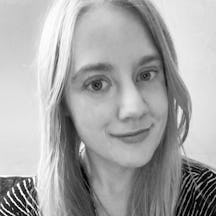As writer Caroline Butterwick tackles the climb up Loughrigg Fell in the Lake District, she is acutely aware not just of the natural environment, but of other walkers’ opinions of her. While her visual impairment means she needs to pay careful attention to the rough terrain, the fluctuating challenge of disabled identity is always on her mind too.
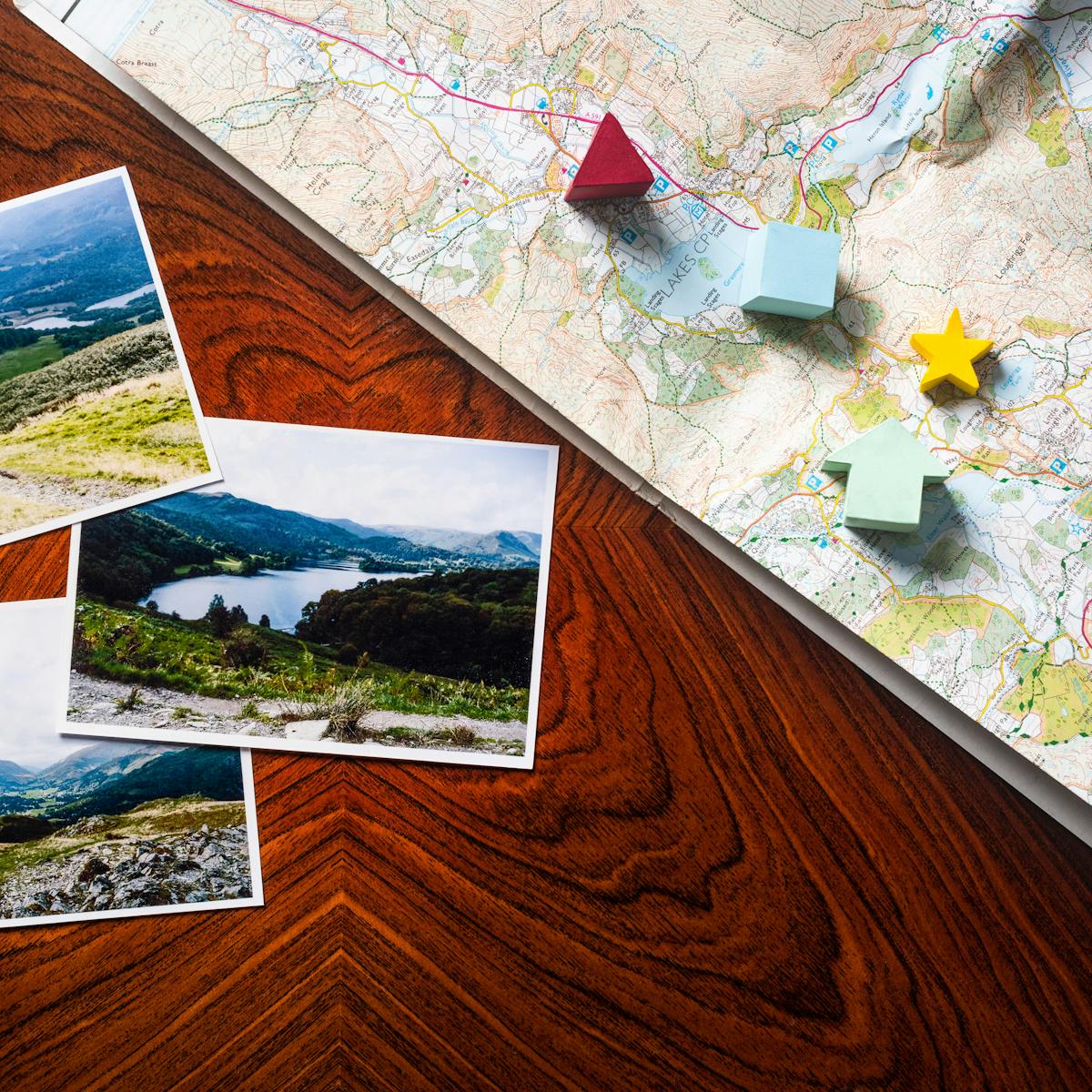
My husband, Gary, called to me from a few paces ahead: “It gets a little uneven here, so walk on the left.” I paused, studying the pebbled path, before carefully stepping forward.
We were hiking up Loughrigg Fell, a mountain near the town of Ambleside in the Lake District. The water of Grasmere caught the sunshine in the valley below as the trees around us slipped into autumn colours.
“Just wait to the side for a moment to let this group get by,” Gary said. Several walkers passed, and I smiled at their “thank yous” while wanting to say, I’m not unfit, I’m visually impaired. That's why I’m taking it slow.
Before setting off, I wondered if I should bring my white guide cane on the walk. I’ve always been partially sighted, but I haven’t always used a cane. Growing up, it felt disingenuous to use this signal of sight loss when I have usable vision. As I got older, I realised it gave me more independence. I could walk through town without bumping into people. Instantly, strangers recognised I needed help finding the right bus.
Being partially sighted, I often feel that I slip between the binary of visible/invisible disability. What about feeling like neither? What about feeling like both?
I thought about using my cane on our hike. It could work, but it would slow us down, and maybe even get in my way. There are different types of cane, and I mostly use a guide cane, which is shorter than the recognisable long cane. My guide cane acts primarily as a symbol of my visual impairment, though it can be used to feel out obstacles. I worried how others would perceive me: would a cane make them think I didn’t belong here?
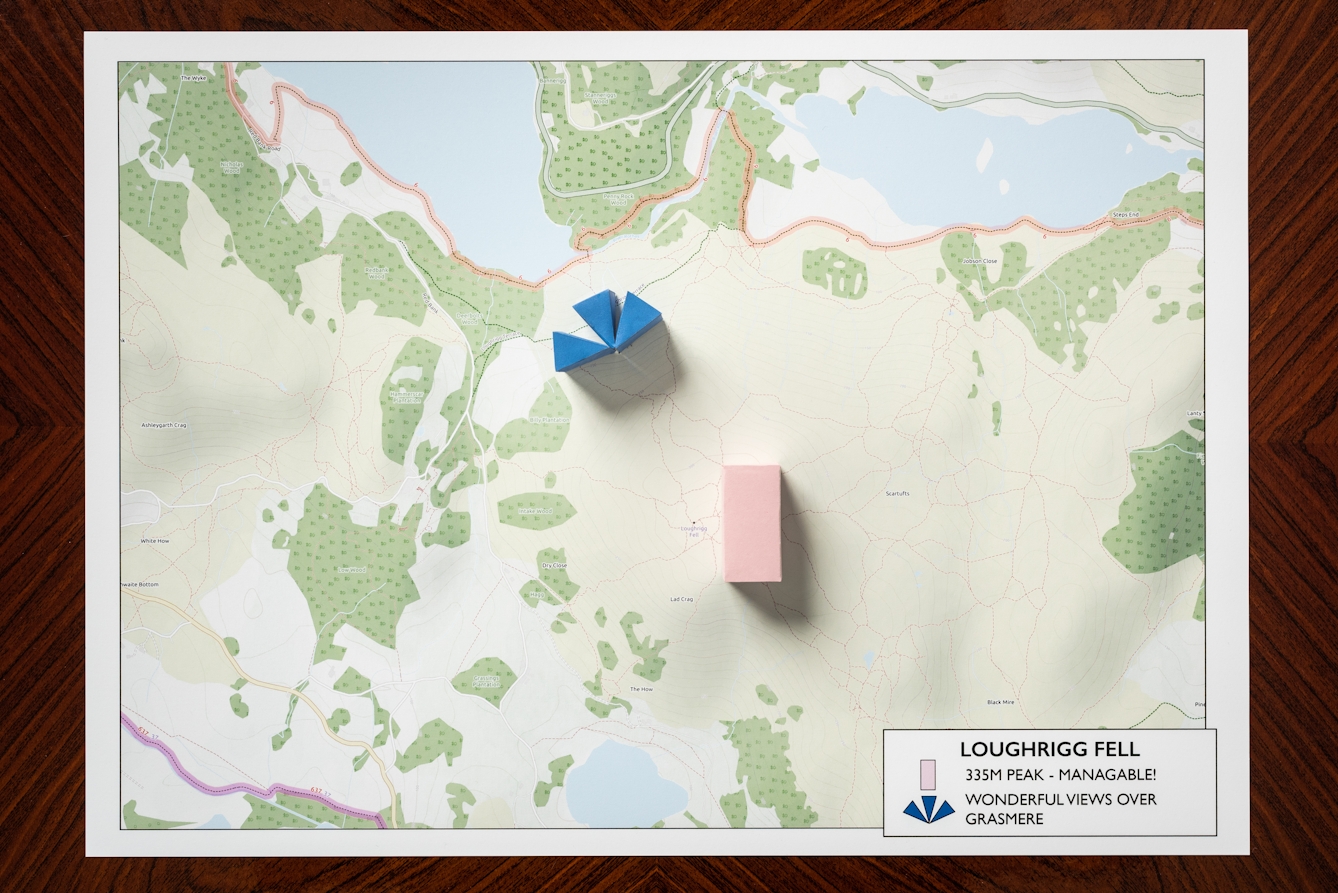
“Being partially sighted, I often feel that I slip between the binary of visible/invisible disability. What about feeling like neither? What about feeling like both?”
I decided against bringing a cane. Even so, there were many access issues to consider. I did lots of research in the run-up to our trip. First was the practicality of where we could hike without a car: I can’t drive because of my sight, and Gary hadn’t yet passed his driving test.
I looked up walking routes and studied photos to get a sense of the terrain. It seemed manageable for me and my eyes. Gary is well versed in my sight: whether he’s reading me the subtitles on TV, or linking his arm through mine as he guides me through a busy shopping centre, he has a good understanding of what I can and can’t see and when I need more support.
Impairments and implications
We eventually reached the summit of Loughrigg and, catching our breath, gazed out at the fells surrounding us. The enjoyment I get from hiking isn’t just visual. It’s the wind blowing in my ears. It’s the sense of being high up, of my legs having transported me to somewhere else, removed from everyday worries.
As I reached for my camera to take the important summit photos, I realised how visual an activity this was. What would fellow commuters who’ve seen me guided onto a train, cane in hand, think if they saw me now? Would it confuse them, or challenge their understanding of sight?
Some people assume those who use a cane have no sight whatsoever. Others don’t realise I’m visually impaired, because I can ‘pass’ as non-disabled. Passing brings its own challenges. When I meet someone new, a situation eventually arises where my visual impairment becomes apparent, and I have to deal with navigating their confusion.
As well as being partially sighted, I’ve experienced mental ill health, which is another condition people often don’t know I have. When passing as non-disabled, it can be hard to know how to broach the topic, like when asking for reasonable adjustments at work or in education.
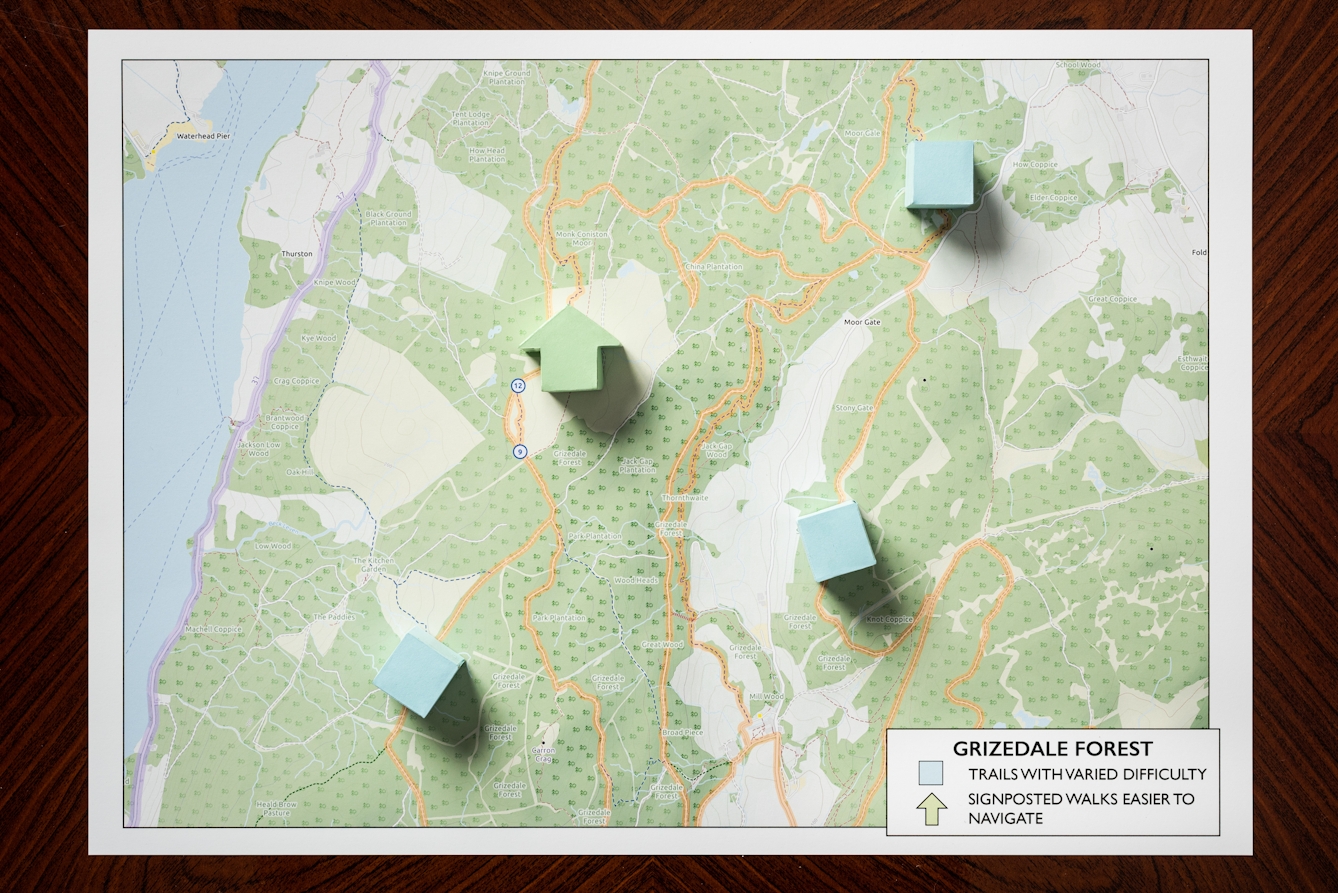
“When I meet someone new, a situation eventually arises where my visual impairment becomes apparent, and I have to deal with navigating their confusion.”
Passing sometimes makes me overcompensate and try to hide my impairments. On a practical level, that can mean not accessing support. On an emotional level, it means hiding a part of who I am.
Theorist Tobin Siebers wrote about “disability as masquerade”, and how we can feel the need to perform our identity when we’re seen as either disabled or non-disabled to fit with expectations. When I look at my phone while holding my cane, I’m aware this is something others may not expect a visually impaired person to do. It makes me question using my eyes like this.
Strangers have whispered about me when they’ve seen me do something visual, like writing in my notebook in a café or looking at items in a shop. As much as my cane helps me, I’m also aware that it draws people’s attention. It can be exhausting to feel I’m on display.
I worried about the implication of me hiking “despite my disability”. It’s a well-intended comment I’ve heard before, but one that plays into the narrative of people ‘overcoming’ disability, as if it’s an innate struggle within ourselves that can be mastered with walking boots and a compass.
Elements of myself
Descending Loughrigg was more challenging. I don’t have much depth perception, making it hard to judge the weight with which to take each step. I relied more on Gary’s descriptions of what was around us and his physical guiding. This involved me leaning on him or taking his hand for balance while he explained where I needed to put my feet. This probably confused other hikers.
The descent involved inelegant shuffling on my bum. This allowed me to balance when tackling large, uneven steps without the risk of stumbling. Looking a bit ridiculous was worth the pay-off. Still, anxiety lurched in my stomach. I was aware of the drops around me and how easily I could slip.
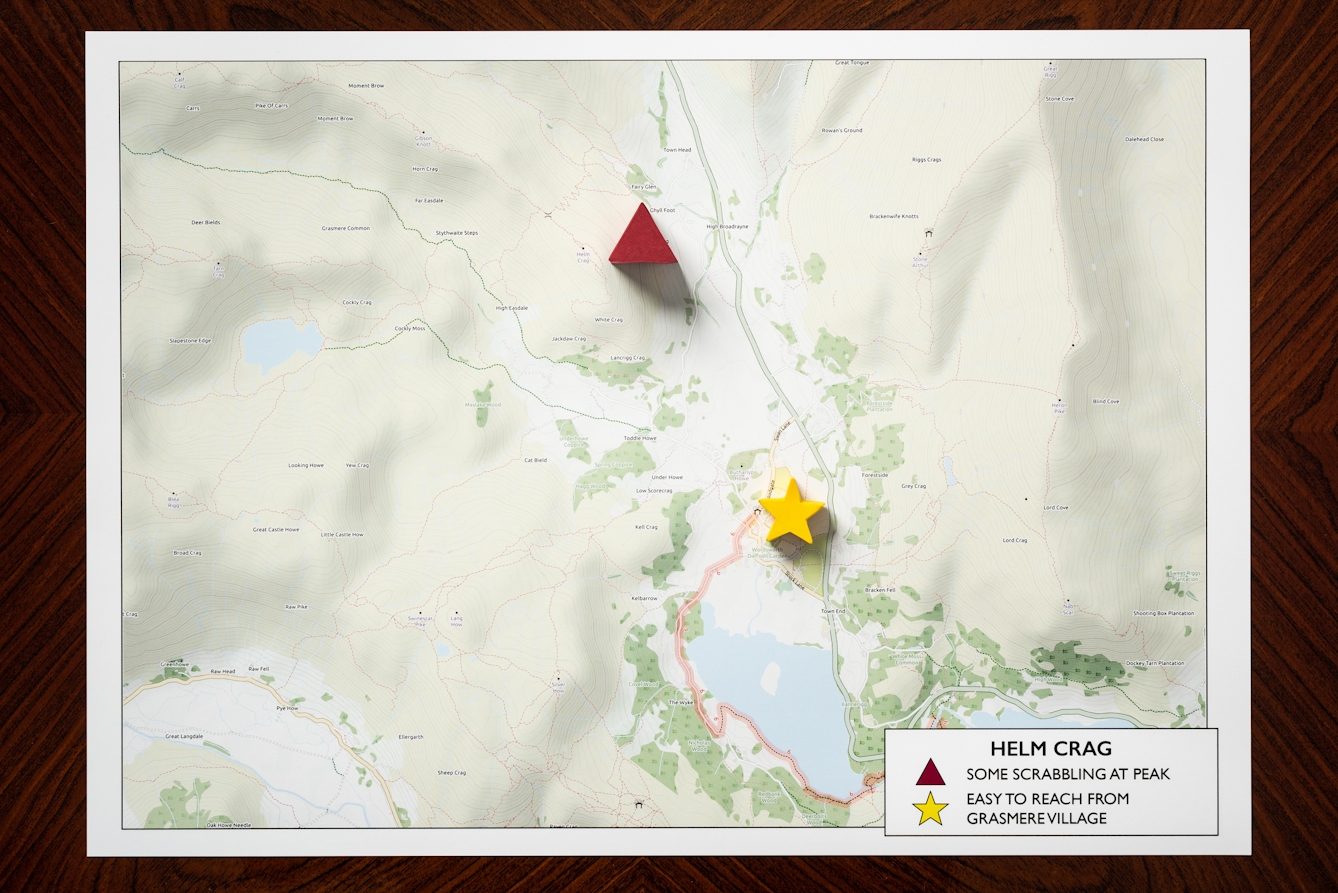
“Descending was more challenging. I don’t have much depth perception, making it hard to judge the weight with which to take each step.”
As soon as we stepped into a café with my guide cane for a post-hike coffee, I instantly slid from appearing like a non-disabled hiker with muddy walking boots into a visually impaired person.
Some visually impaired hikers use walking poles as a way of navigating. This is something I might try on a future walk, as the poles could help me feel out the depth of drops and offer stability. Even if you’ve been disabled your whole life, there’s still learning to be done, discovering how to navigate the world, and what to do differently.
As soon as we stepped into a café with my guide cane for a post-hike coffee, I instantly slid from appearing like a non-disabled hiker with muddy walking boots into a visually impaired person. I thought I noticed a few bemused glances – and even this act of noticing, of using my eyes, holds a dissonance with the use of a cane. Perhaps I could frame it as challenging perceptions, but this slipping in and around the worlds of visible/invisible, of passing/not passing, carries its own emotional weight.
The social model of disability is the idea that disabled people are disabled by barriers in society, not by our impairments. In this café, Gary had to read out the menu for me, whereas if they’d had a large-print menu, it would have removed that barrier. I felt more disabled there than I had done climbing a mountain.
When I think of managing a hiking trip while visually impaired, the practicalities – public transport, the accessibility of walking routes, being guided – are the first things to consider. However, physical access is only part of it.
For me, being disabled also means navigating other people’s expectations. It involves slipping between different elements of myself, a continual feeling-out of who I am and how I am seen by others. Whether I’m catching a train or hiking, the tangle of disabled identity is always there.
About the contributors
Caroline Butterwick
Caroline Butterwick is a writer, researcher and freelance journalist based in North Staffordshire. She’s currently working on a non-fiction book proposal, and her journalism has featured in a range of publications, including the Guardian, the i paper, Mslexia and Psychologies. She is studying for a PhD in Creative Writing that explores the power of memoir as a counternarrative to dominant models of disability, funded by the Arts and Humanities Research Council/Midlands4Cities.
Steven Pocock
Steven is a photographer at Wellcome. His photography takes inspiration from the museum’s rich and varied collections. He enjoys collaborating on creative projects and taking them to imaginative places.
